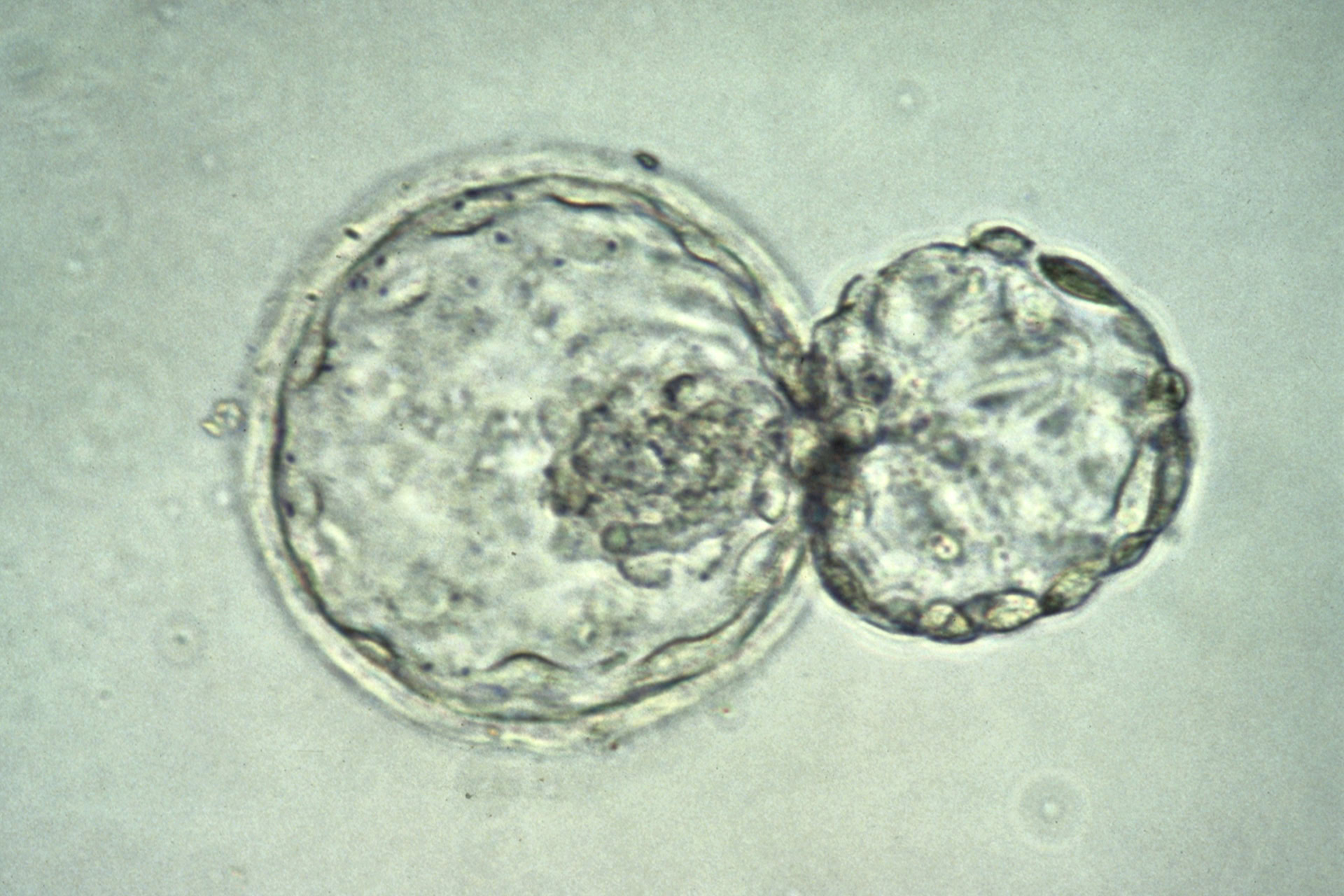Exposure to a youthful environment may help old cells feel alive again - as the work of Professor Xiaodong Chen and co-workers from the University of Texas Health Science Center, USA, suggests.
Professor Chen's team studied the effects of ageing mesenchymal stem cells (MSCs) in an extracellular matrix (ECM) produced by young cells. 'These cells have big potential for tissue regeneration, but generally their quality and quantity decreases with age', explained Professor Chen.
MSCs are a type of adult stem cell that have retained the capacity to regenerate into bone, cartilage and fat cells that support the formation of connective tissue. In recent years, the transplantation of a patient's own MSCs has been used to regenerate bone, cartilage and even artificial trachea. This method avoids the possibility of organ rejection, which is one of the major drawbacks of tissue transplantation. However, as MSCs lose their regenerative ability with age it means autologous transplants are less likely to succeed in adults than in children.
It is known that the external environment of the cells, the ECM, plays a key role in cell development. It does this by providing nutrients, support and cell differentiation markers. Professor Chen sought to investigate the effect of ageing MSCs in an ECM provided by younger cells to see if their regenerative potential could be renewed.
The researchers took MSCs from the bone marrow of both young (three-month) and old (18-month) mice which were then grown on two types of ECM - one from a young mouse and one from an old. When grown on an ECM derived from a young mouse, both young and old MSCs showed an approximately 16-fold increase in growth, whereas only around a four-fold increase was observed on the ECM from old mice. Professor Chen then implanted artificial bone scaffolds seeded with either the young or the old MSCs into mice.
After eight weeks, it was found that both young and old MSCs grown on a young ECM resulted in the same number of osteoblasts, the bone-producing cells. While the old cells grown on the old matrix produced few or no bone-producing cells.
It is not yet clear how or why the young ECM stimulates regeneration in old MSC cells. Professor Chen suspects it might have to do with the elasticity of the scaffold or its ability to release key nutrients at the right time. Further work is underway to study if similar effects can be observed with human MSCs.
This work was presented at the Strategies for Engineered Negligible Senescence meeting in Cambridge, UK.





Leave a Reply
You must be logged in to post a comment.